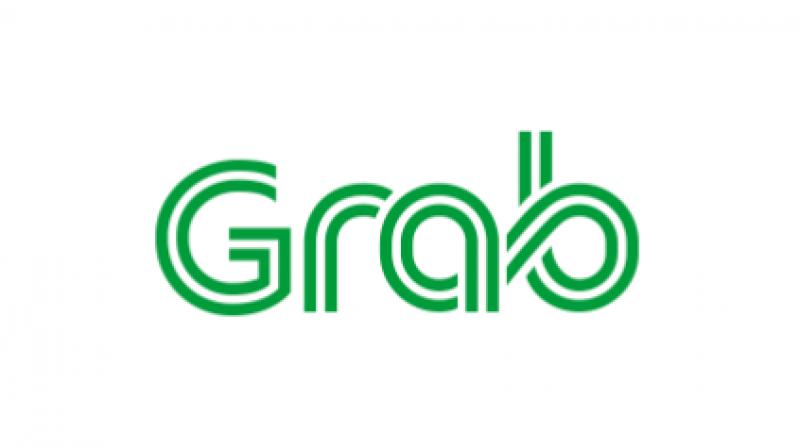Grab launches grocery delivery service in race for growth

Grab unveiled a grocery delivery service on July 7, betting the firm’s extensive network of 7.1 million drivers, agents and merchants will help steer the company as it expands beyond its core ride-hailing business across Southeast Asia.
The strategy to provide "every day" offerings via a new open platform underscores Grab’s ambition to secure its dominant market share at a time when rival Go-Jek is embarking on a $500 million expansion into markets including Thailand and Singapore.
Go-Jek, the main ride-hailing player in Indonesia that is backed by private-equity firms KKR and Warburg Pincus, has expanded into digital payments, food delivery and on-demand cleaning and massage services.
Grab, which is transforming itself into a consumer technology group, already offers loans, electronic money transfers, payments and food delivery. With the launch of GrabFresh, it will now provide on-demand grocery delivery.
“We believe that as we offer more localised everyday services, there will be more users and higher engagement across the user base,” Anthony Tan, Grab’s 36-year-old co-founder and group CEO, told Reuters on Monday ahead of the launch.
“When that happens, it attracts more partners and it’s a virtuous upwards cycle. Great for business,” said Tan, who scored a big win when Uber handed over its regional operations to Grab this year in return for a stake.
For GrabFresh, Grab said it was partnering with a Southeast Asian grocery delivery provider HappyFresh, part of its new open platform strategy where partners can access parts of its technology such as logistics and payments.
“Whether it’s food, whether it’s groceries, we need to make sure that all these are well funded, both technologically and financially,” Tan told Reuters at Grab’s new downtown office in Singapore, where boxes of Apple Macbooks were piled up.
A grocery delivery service could pit Singapore-headquartered Grab against firms such as Amazon.com and RedMart, owned by Alibaba-backed Lazada, which already offer online grocery shopping in the city-state.
Grab will test GrabFresh in Jakarta from this month and roll it out in Thailand and Malaysia by the end of 2018. A launch in other countries in the region will follow.
Grab, which employs 5,000 people, counts firms such as Japan’s Softbank Group and Chinese ride-hailing firm Didi Chuxing among its investors.
Last month, Toyota Motor Corp agreed to pump in $1 billion in Grab, which a source familiar with the matter said valued the company at just over $10 billion.
Grab facilitates more than 6 million rides per day across eight countries and more than 200 cities, up from 2.5 million rides just a year ago, making it one of the largest ride-hailing platforms in the world. It expects to hit revenues of $1 billion by the end of 2018.
Tan, however, told Reuters that the firm’s goal was “not to be blindly shooting for a target. The way to think about is, how do we create a sustainable business”.
To this end, Grab plans to add highly used everyday services to its app, together with its partners, who can use the firm’s new open platform to integrate their services with Grab.
Grab’s app is also set for a facelift, with a new interface offering users quicker access to services such as payments and food delivery. It will also introduce a newsfeed, helped by a content partnership with Yahoo. When asked about plans for a public listing, Tan said it was something the company “should think about, but not immediately for sure."
Click on Deccan Chronicle Technology and Science for the latest news and reviews. Follow us on Facebook, Twitter.

